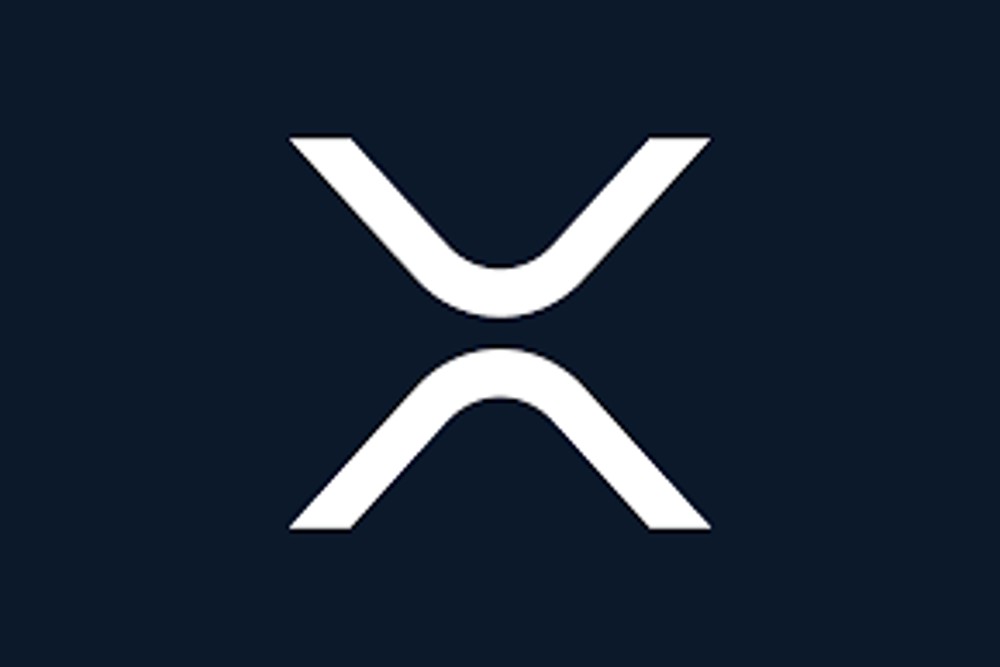In the world of technology, cross-border transactions between financial institutions have always been a vital part of business. This form of business interaction has been quite difficult since many processes are involved.
To ease these transactions, the Society for Worldwide Interbank Financial Telecommunication (SWIFT) was launched in 1973, SWIFT has been effective but has encountered many issues and does not fill all the roles of an efficient payment third party. Ripple was purportedly launched to fulfill the roles of SWIFT and even more.
This article presents a concise overview of Ripple and the XRP currency. Additionally, readers will enjoy a brief history of Ripple and XRP’s mining dynamics.
What is Ripple?
Ripple is a U.S.-based blockchain company that developed a digital payment protocol designed to speed up cross-border transactions with lower fees. The protocol is a reliable third party for global payments and handles both fiat and cryptocurrency-based payments.
Ripple designed the XRP Ledger as a potential replacement for SWIFT, the popular medium for international transactions. Users who make ripple transactions are charged just 0.00001 XRP, the native cryptocurrency. This is lower than what SWIFT charges. Ripple also claims to process payments faster
What is XRP?
XRP is an open-source digital currency of the XRP Ledger (XRPL) used for processing transactions in the ledger. XRP serves as a bridge currency that facilitates exchange across borders. It was built to become a base currency that will be used for traditional transactions among financial institutions. Its primary goal is to play the same role as the USD in international transactions.
The XRP ledger is a blockchain that uses XRP as its token for recording and processing transactions. This ledger can theoretically handle 1000 transactions per second.
XRP is listed on various crypto exchanges for spot and derivatives trading. So, anyone can trade XRP alongside other cryptocurrencies or acquire XRP as an investment or a long-term store of value.
History of Ripple and XRP
Ripple was founded as Ripplepay by Ryan Fugger in 2004, later in 2011, Jed McCaleb, Arthur Britto, and Chris Martin joined the team to begin developing the XRP Ledger (XRPL) which was built as an upgrade to the first cryptocurrency Bitcoin by filling up its shortcomings. The project was completed in 2012 and the XRP token was launched after that in 2013.
Between 2014-2017, Ripple formed an alliance with banks and other firms that embraced their technology for international business transactions. This way, Ripple gained the attention of investors and the general public. Further, amid the pump in cryptocurrency prices and awareness, XRP increased in value.
After development in 2012, the name was changed to OpenCoin. In 2013, it was changed to Ripple Labs. Further in 2015, it was changed to Ripple, which it still bears. In April 2015, Brad Garlinghouse joined the team as Chief Operating Officer (COO). In December 2016, he was promoted to Chief Executive Officer (CEO). Currently, Jed McCaleb and Chris Martin sit as Ripple’s co-founders with Garlinghouse as CEO.
How XRP is Mined
Mining refers to the periodic distribution of newer cryptocurrencies into circulation as a reward for transaction validators. Many cryptocurrencies adopt this technology.
On the other hand, XRP is exceptional. A total of 100 Billion XRPs have been pre-mined and are gradually being released to the public. Ripple controls the release of XRP. With many rules enforced, the price is managed and a minimal quantity is released at a specific time.
Conclusion
Ripple was founded to provide easier, more secure, and faster transactions among financial industries globally. The vision behind XRP is to make it the world’s reserve digital currency. XRP facilitates transactions on the XRP Ledger. Ripple has made further developments and gained popularity in the financial and cryptocurrency world.

